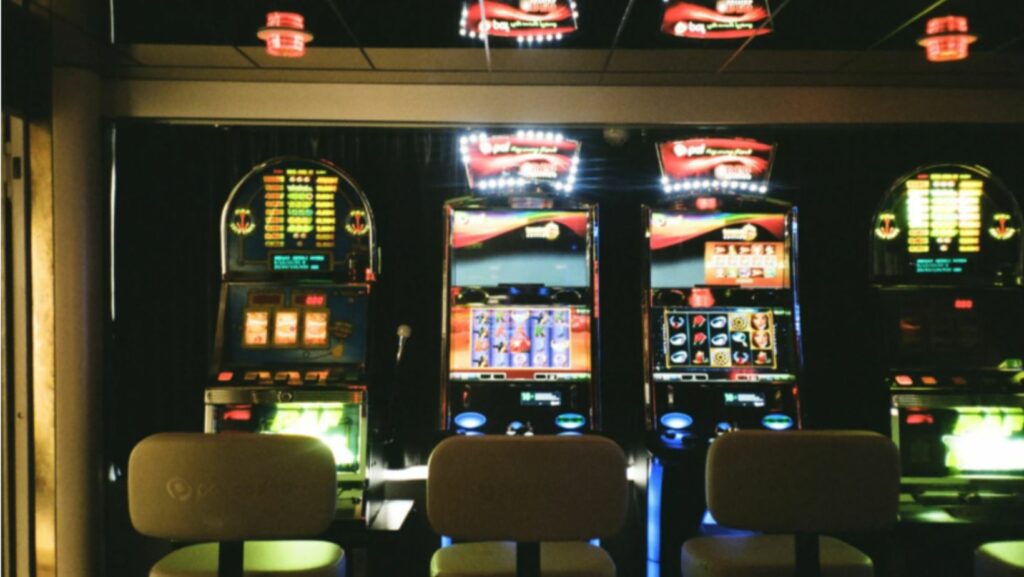It started, oddly enough, with a collection of sneaky tweaks and some mechanical sleight-of-hand. Back in the early days, slot machines weren’t the glitzy fixtures we picture now—they were more like curious little contraptions huddled in corners, quietly tempting players. The tech itself? Pretty basic on the outside. Underneath, though, things got more devious: casinos pulled out certain playing cards, reweighted reels, or set deliberately stingy payout limits—just enough tinkering to make sure the house stayed in the lead.
Then, over the years, all that old-school clockwork fell aside as wires and circuits took over. Video screens, random number gizmos—suddenly, the games had all sorts of oddball features. Still, despite all the streaming and mobile wizardry these days, the bones of the machine are almost weirdly unchanged. Looking at the jump from five rattling drums and coins as prizes to the neon lands of slot apps, the mechanical DNA—if you want to call it that—is still right there, hiding in plain sight.
Poker hands, quirks, and how Liberty Bell changed the rules
Rewinding to 1891, Sittman & Pitt’s machine was pretty much a poker hand generator using five separate drums, each marked with standard cards. Line up a hand, and if luck smiled your way, you might score a drink or a cheap cigar, though hardly ever a big cash payout. Oddly, there was a catch right from the start: two cards—ten of spades and jack of hearts—were quietly left out. No royal flushes possible, which, whether by accident or design, made big wins impossible and quietly gave birth to what eventually became known as house advantage—a principle that still shapes everything from mechanical reels to today’s online slots.
By 1899, Liberty Bell had shown up—smaller, flashier, and honestly cleverer. Three reels, five symbols, and no more need for card counting. Stripping the game down like that dropped the outcome pool to just 1,000 combinations, which suddenly made automatic payouts an option. From there, these machines spread fast, popping up anywhere with enough foot traffic to justify it. The symbols took over the math, tweaking the odds behind the scenes, but honestly, the machines’ inherent tilt toward the house stuck around. If you go by history books—or even a glance at Wikipedia—these early moves in design and psychology shaped every slot that followed, even if nobody quite realized it at the time.
Behind the gears: mechanical quirks, coins, and going electric
For about seventy years, the guts of the slot game stayed stubbornly physical. Springs, gears, metal reels—that was the toolkit. Casino staff could nudge the odds here and there by moving symbols around, but there was only so much space and so many stops. Coin slots became the defining user interface, explaining why modern online slots and other digital versions still borrow the term “slot” from their metal ancestors.

Then, in the early 1960s, things took another turn. Once machines started running on electricity, everything changed. Buzzers, blinking lights, and those chunky plastic buttons began to take over. Payouts didn’t need a person hovering nearby anymore, since hoppers could spit out coins right on cue. Some trade sources point out that this wiring-up of the machines allowed for stuff like bonus features and multi-line betting—tricks that just weren’t doable with cogs alone. It was all a bit flashier, a bit noisier, and maybe that spectacle was at least half the appeal as slots sped toward a new era.
RNGs, video screens, and when everything became digital
Flash forward a bit—by the late seventies, chips and processors had basically booted the old springs and gears out the door. The very first video slot made its entrance in 1976. Instead of spinning reels, players got a burst of color on a small TV screen. More crucially, the classic “chance” of the game shifted from mechanical quirks to a black box random number generator, supposedly making every outcome untouchable and, for most players, truly unpredictable.
Around 1984, the industry got really crafty—Inge Telnaes patented a way to electronically set reel odds from the back end, so games could look even-handed while quietly tipping the advantage where it mattered. One oddity here: with physical reels, there were hard limits on possible combinations; swap those reels for digital ones, suddenly you’re in the realm of millions, even billions of possible outcomes. This opened up every kind of minigame, bonus spin, and payout option you can imagine. Reports and stats from the era point out how the floodgates truly opened on slot variety; with digital logic almost anything seemed technically possible for developers.
Online, mobile, and the quirks that just won’t quit
Somewhere in the nineties, it all moved to computers and—soon after—to the mobile screens that most people keep just about everywhere. Suddenly, slots had movie-quality video, skill challenges, dozens of screens and supercatchy soundtracks. Still, oddly, pretty much every game kept the old slot machine symbols, coins, spin buttons, and tinny celebration jingles. Developers seem, consciously or not, to be riffing on the nostalgia of their electromechanical ancestors—now in digital form. Behind the scenes, none of it is left to chance; behind those colorful reels, it’s just algorithms tallying spins and keeping a tight grip on outcomes.
Even with all the updates, some quirks—and some tricks—haven’t been dropped. Designers quietly mess with electronic weightings, making odds obscure. Those celebratory animations and teases of jackpots keep players invested, even where wins are vanishingly rare. Online slots—alongside their mobile cousins—employ complex user data and engagement tracking never imagined by mechanical-era tinkerers. If you poke around studies and trade sites like aliprojects.net, it becomes clear that this blend of psychological hooks and technical smoke-and-mirrors is practically woven into the slot machine’s lineage, from saloon side tables up to today.
Playing with caution in today’s digital slot world
Right now, whether you’re at some neon-lit casino or just tapping away on an app, the bones of slot play are fundamentally the same as ever. Flashing lights and those near-miss reels can nudge risk a bit higher than you expect, at least for some people. So—maybe it’s obvious, but maybe not—it’s worth leaning on things like personal spending caps, cooldown features, or just taking the occasional breather.
Most serious platforms at least claim to offer tools for safer play, but it’s up to players to notice the house always builds itself an edge, one way or another. At the end of the day, gambling is supposed to be fun, but, if it isn’t, there’s help available and no shame in asking for it.

